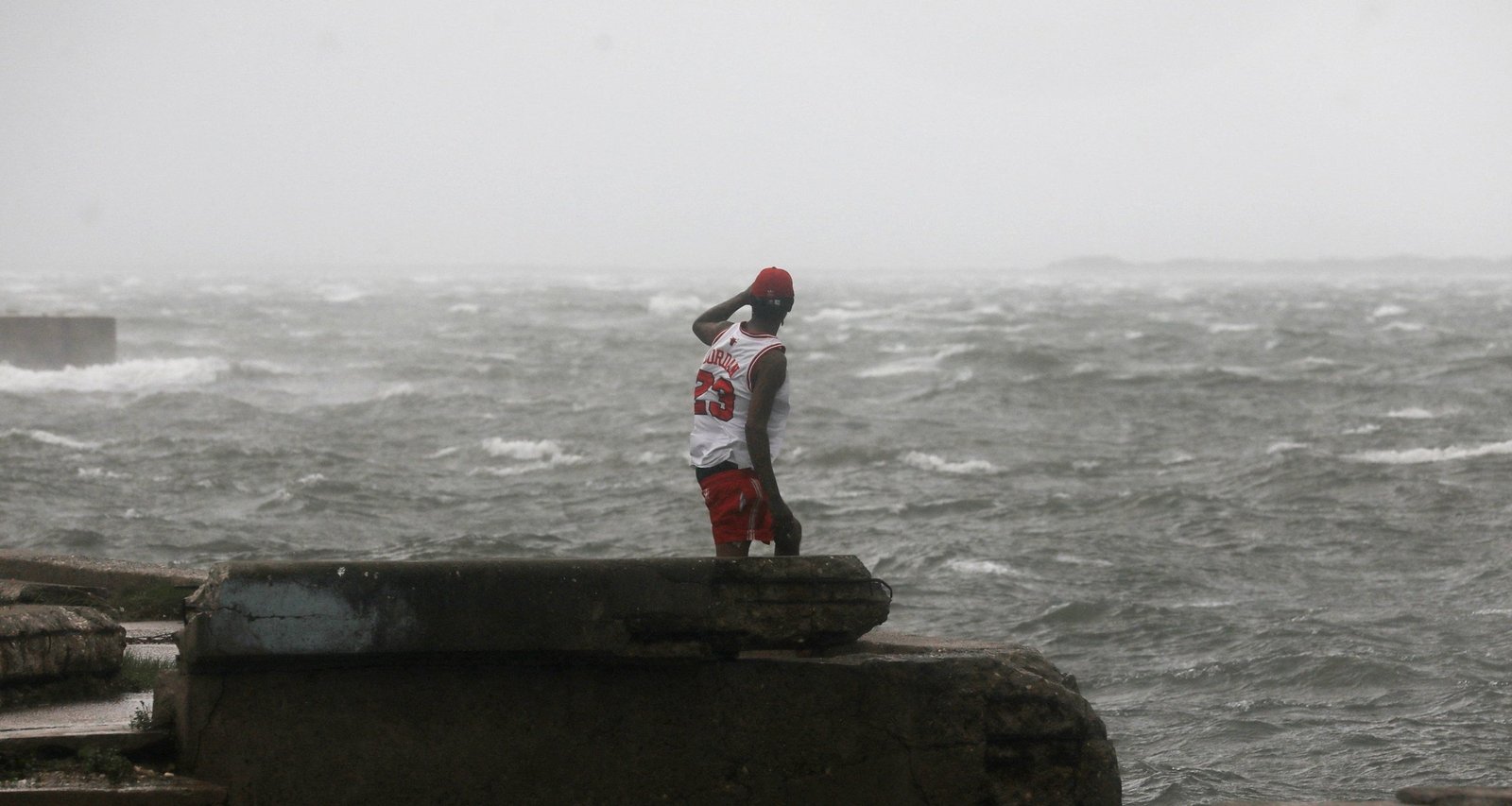Melissa now stands as the most powerful storm ever recorded in Jamaica. The previous benchmark was Hurricane Gilbert, which reached the island on Sept. 12, 1988, as a Category 4 hurricane with 130 mph winds. By comparison, Melissa’s intensity exceeded Gilbert’s by 55 mph, amplifying the destructive potential of wind gusts, debris, and coastal inundation.
Operational challenges mounted even before the center moved ashore. The U.S. Air Force Reserve’s 53rd Weather Reconnaissance Squadron—commonly known as the “Hurricane Hunters”—aborted two successive flights into Melissa’s eye on Monday and Tuesday after encountering severe turbulence. The National Hurricane Center said crews were forced to exit the storm earlier than planned, limiting direct observations during a critical phase of rapid intensification.
Across Jamaica, residents reported widespread roof damage, uprooted vegetation and blocked roadways as hurricane-force winds swept from the west coast toward the interior. Low-lying neighborhoods experienced rapidly rising water, while coastal areas endured pounding waves and surge capable of pushing seawater several feet above normally dry ground. Official assessments of structural damage and power outages were still underway late Tuesday.
The rarity of storms of this magnitude underscores a broader trend in hurricane behavior. Research cited by the National Oceanic and Atmospheric Administration (NOAA) indicates that more than 90 percent of the excess heat trapped by greenhouse gases has been absorbed by the world’s oceans, providing the energy necessary for tropical cyclones to intensify quickly. Although the total number of Atlantic hurricanes has not risen markedly, the proportion reaching Category 4 or 5 strength has increased in recent decades, scientists say.
Warmer ocean temperatures are not the only factor. Rising sea levels, driven by melting ice sheets and the thermal expansion of seawater, amplify storm surge, one of the most lethal hazards associated with landfalling hurricanes. In Jamaica, higher coastal water lines intensified the flooding threat as Melissa’s wind field pushed seawater onshore, complicating evacuation logistics and emergency response.

Imagem: Internet
While the full human and economic toll remains unclear, comparisons to previous high-impact storms suggest significant recovery needs. Hurricane Dorian was blamed for at least 74 deaths in the Bahamas, and the 1935 Labor Day hurricane remains the deadliest to strike the United States. Jamaican authorities on Tuesday urged residents to remain indoors until officials confirm that local conditions are safe, cautioning that downed power lines, unstable structures and contaminated floodwaters pose ongoing risks even after winds subside.
Meteorologists noted that Melissa intensified over exceptionally warm Caribbean waters before reaching Jamaica. Data collected prior to the reconnaissance flight cancellations showed a large eyewall and robust convection extending well beyond the storm’s center, hallmarks of a mature Category 5 hurricane. As Melissa moves away from Jamaica, forecasters will monitor its track for potential impacts on the Cayman Islands and the Yucatán Channel, though any subsequent weakening—or restrengthening—will depend on interaction with land and upper-level wind patterns.
Disaster response teams began staging relief supplies in nearby regions before landfall, but access challenges caused by blocked roads and flooded bridges may delay immediate distribution. International aid agencies indicated they were coordinating with Jamaican officials to deploy water purification systems, temporary shelters and medical assistance once conditions permit safe transit.
Beyond the immediate emergency, climate specialists emphasize that storms like Melissa exemplify the heightened risks coastal communities face as sea-surface temperatures continue to climb. They note that comprehensive adaptation strategies—ranging from resilient infrastructure to enhanced early-warning systems—are essential to limit future losses. For now, the focus remains on search-and-rescue efforts, assessing damage and restoring critical services across western Jamaica.
Crédito da imagem: Octavio Jones/Reuters



